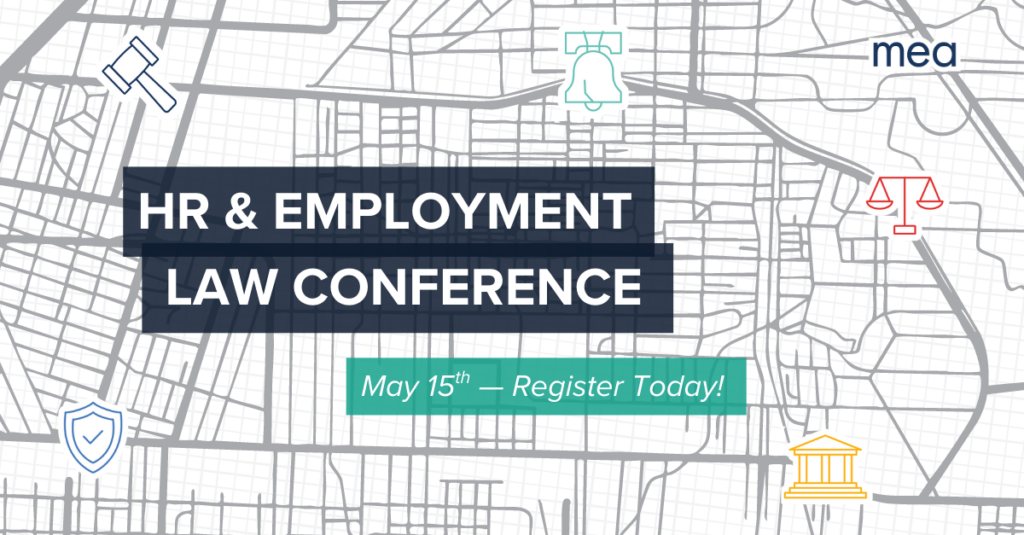Anti-Harassment Training
Training to support a safe, inclusive workplace
Protect Your Employees and Your Organization
Workplace culture is more important than ever, and creating an environment free from harassment and discrimination is key to helping employees thrive. We offer comprehensive anti-harassment training for employees at all levels of your organization to help inform your workforce and keep your company compliant with legal guidance.
What’s Included:
Comprehensive review of your company policies with recommended revisions
90-minute live manager session in-person or virtual
45-minute live employee session in-person or virtual
Two-year access to On-Demand online make-up sessions
On-Demand harassment training is also available for managers and employees who cannot attend live training or for companies who need online training only.
Ready to take your next step?
Reach out to discuss how we can support your needs.

